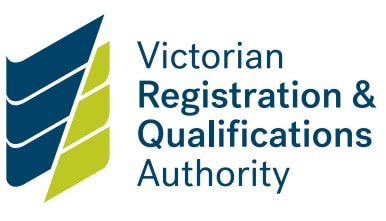About the Standard
This Standard requires registered training organisations (RTOs) to take steps to create a culturally safe environment for Aboriginal children and their families. Organisations must meet this Standard, even if Aboriginal children do not use their services or facilities.
Most organisations will need to improve their approach to creating a safe environment for Aboriginal children and their families.
Implementing this Standard will require ongoing effort, not a one-off change.
How to comply
An RTO must be able to provide evidence of:
- a commitment to the cultural safety of Aboriginal children
- a Child Safety Code of Conduct that requires staff and volunteers to support Aboriginal children and families express and enjoy their cultural rights
- a commitment that the RTO will not tolerate racism
- procedures that address incidents of racism and potential consequences
- documented actions and strategies to support Aboriginal people to enrol in training and express their culture. These must include:
- accountable positions
- allocated resources
- timelines
- how the RTO’s management promotes:
- the strengths of Aboriginal culture
- the wellbeing and safety of Aboriginal children.
Examples of compliance
An RTO complying with this Standard may have:
- a publicly available Child Safety Code of Conduct (compulsory)
- regular discussions on Aboriginal child safety at staff, management or board meetings
- a business plan that documents activities to build a culturally safe environment
- recruitment and induction processes that include Aboriginal culture and safety
- professional development for staff and volunteers on Aboriginal culture
- communication resources that detail the RTO’s commitment to Aboriginal culture and safety.
Updated


